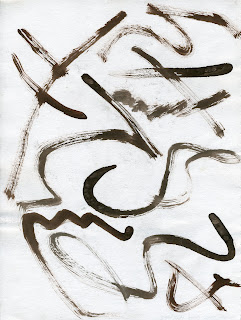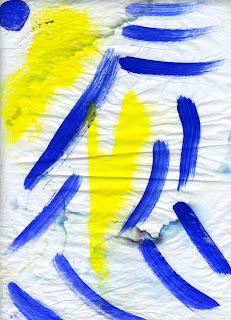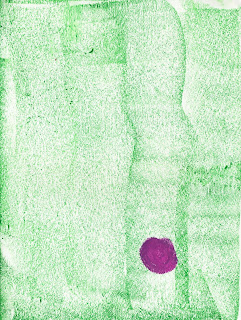
Gentrification is a simple piece that depicts the slow changes that occur over time to any given landscape. The structure of this painting is simple. Black lines crisscross an empty white background in a pattern that resembles a modified, irregular grid. Most of the blocks created by the grid remain empty. These empty blocks embody the original state of the landscape. Uncluttered and vacant, these bare blocks reflect the previous condition of the region.
Yet these blocks are slowly being filled in by color. Little by little, invading colors in shades of purple, yellow, orange, green, and brown have entered the landscape. This invasion of color represents human improvement of the land. In this way, the land is “gentrified” by the introduction of homes, buildings, and other manmade structures. This slow encroachment of humanity on nature is a significant theme in Gentrification, a provocative and meaningful piece.
©1998-2009 Claretta Taylor Webb. All Rights Reserved






























